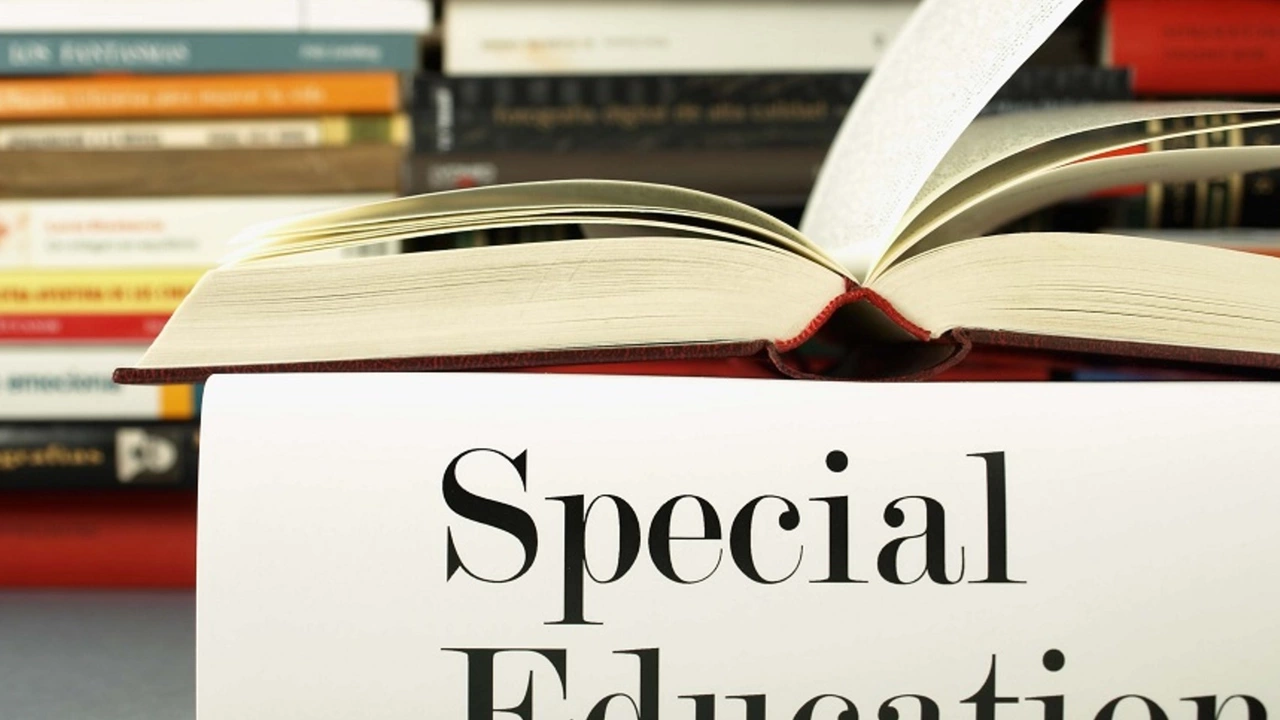Special Education Improvement Methods: Practical Tips for Teachers
Ever wonder how to make special education more effective without overhauling everything? You don’t need a massive budget or a PhD. Small, focused changes can create big wins for students who need that extra support. Let’s break down three easy‑to‑apply ideas that work in real classrooms.
Personalized Learning Plans That Actually Fit
A one‑size‑fits‑all lesson plan rarely works for students with diverse needs. Start by drafting an Individual Learning Plan (ILP) that focuses on each child’s strengths and challenges. Keep it simple: list a clear goal, a couple of daily steps, and a way to measure progress. Involve the student, parents, and any aides in the discussion so everyone knows what success looks like.
When you revisit the ILP every two weeks, you can tweak activities that aren’t clicking. For example, if a visual cue helps a student stay on task, add more charts or color‑coded timers. The key is to treat the plan as a living document, not a piece of paper you file away.
Tech Tools & Positive Reinforcement
Technology isn’t just for tech‑savvy schools. Simple apps on tablets can turn a static worksheet into an interactive game. Apps that let students drag, match, or speak aloud keep them engaged and give you instant feedback on where they’re stuck.
Pair those tech moments with genuine praise. A quick, “Great job spotting that pattern!” after a student completes a level reinforces effort and builds confidence. Over time, that positive vibe becomes a habit, and students start taking more initiative.
Another low‑cost tech trick is using speech‑to‑text features for students who struggle with writing. Let them dictate ideas, then guide them through editing. It removes a barrier and lets the focus stay on the content, not the mechanics.
Beyond apps, consider using a digital portfolio. Students can upload audio recordings, drawings, or short videos that showcase their progress. When families see concrete evidence of growth, they’re more likely to stay involved and supportive.
Finally, keep communication open. A quick note in a messaging app or a short video update can reinforce what’s working and where extra help is needed. Consistent, positive check‑ins keep the learning loop tight and the motivation high.
These three methods—personalized plans, smart tech use, and regular positive reinforcement—don’t require a school overhaul. They’re practical steps you can start today, and you’ll notice the difference in student engagement and achievement within weeks.
Ready to try one of these ideas? Pick the method that feels the easiest for you, set a small goal for the next two weeks, and watch the impact unfold. Small changes add up, and every success story starts with a single step.
What are some methods to improve special education?
Alrighty folks, buckle up as we dive into the world of special education! We're talking about fresh, innovative methods to jazz it all up. First off, individual learning plans are like a tailor-made suit, fitting each student's unique needs perfectly. Then we've got technology, our shiny knight in silicon armor, making learning more interactive and fun. Lastly, let's not forget the power of positive reinforcement; a little pat on the back can make a mountain of a difference. There you have it, improvements in special education that are as exciting as finding that last slice of pizza in the fridge!
VIEW MORE